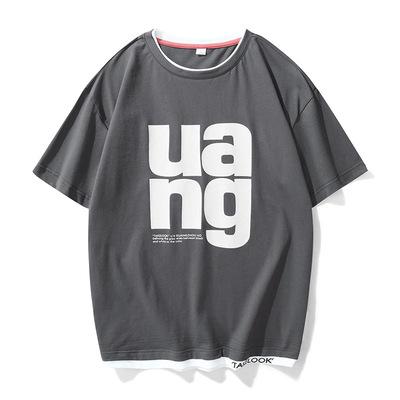To distinguish the texture of clothing fabrics, you can use the following methods, mainly to understand the feel index of the fabric:
1. Touch: when touching the fabric Pay attention to its softness, smoothness and comfortable feel. Different fabrics have different tactile characteristics. For example, cotton fabrics are soft and comfortable, silk fabrics are smooth and supple, and wool fabrics have a certain elasticity.
2. Glossiness: Observing the surface gloss of the fabric can help identify the texture of the fabric. Silk fabrics have a unique sheen, cotton fabrics have a relatively low sheen, and nylon fabrics may have a glossy appearance.
3. Texture: Texture is the pattern or weave effect on the surface of the fabric. The texture of the fabric can be judged by observing the texture. For example, plaid may indicate that the fabric is wool or cotton, twill is more common in silk or woolen fabrics, and stripes may indicate cotton or polyester fabrics.
4. Breathability: The breathability of different fabrics also differs. For example, cotton fabrics are generally more breathable, while wool fabrics are warmer and less breathable.
5. Elasticity: Observing the elasticity of fabrics is helpful to distinguish the texture. Silk fabrics generally have good elasticity, while cotton fabrics have relatively less.
6. Wrinkle resistance: Different fabrics have different wrinkle resistance characteristics. For example, polyester fabrics have better wrinkle resistance, while pure cotton fabrics wrinkle easily.
It should be pointed out that the indicator of texture can be one of the characteristics of a fabric, but the texture of a fabric involves multiple factors, such as fabric composition, weave Law, post-processing, etc. Therefore, when purchasing clothing, it is best to find a professional salesperson or someone with expertise in fabrics to ensure you choose the right texture.






